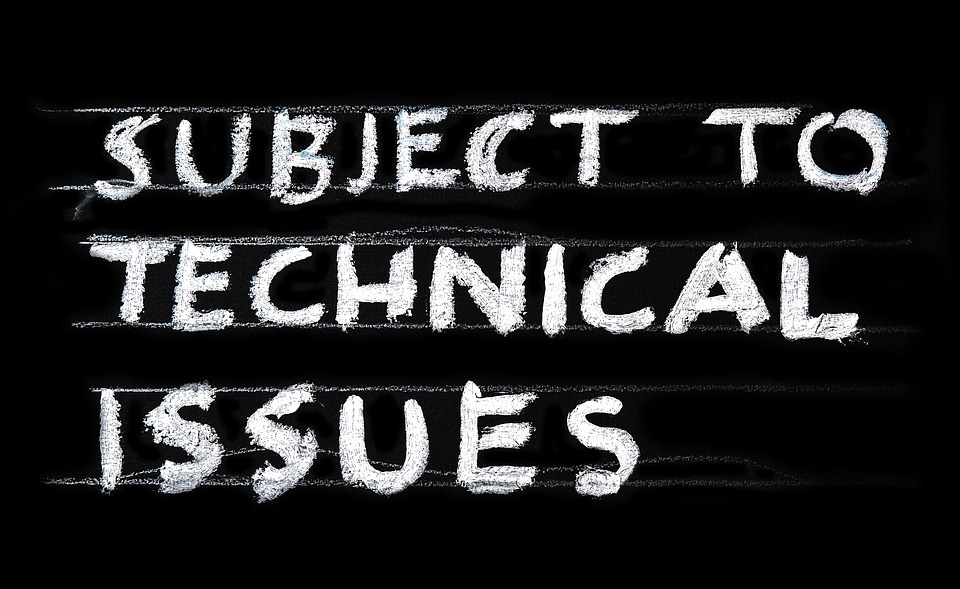Alarming statistics float around online: 60% of restaurants fail within a year, 80% within five years. This makes the restaurant industry one of the riskiest. As necessary to study what makes a restaurant succeed, equally significant is to explore what drives them to fail. Following are 5 key reasons for restaurant failure:
They chose the wrong location
A good location for a restaurant is critical. It provides extra customer traffic, serves as a marketing point, and can keep your restaurant afloat in bad times. Therefore, location has a relation with multiple factors.
They didn’t make a business plan.
A business plan is a foundation on which you will eventually build your restaurant. It caters to all aspects of planning, marketing, pricing, and product and financials. It is very important to give adequate time during the planning phase and consider all critical factors in this phase.
A compelling brand identity can help build customer loyalty—plan how to make your restaurant brand. Cash flow and break-even analysis are particularly important in inception years. Hence, the right mix of all factors knitted well into a business plan will eventually prepare you for any contingency and pave the way for your success.
They don’t manage money well
A restaurant could be packed every night and still lose money—if the food isn’t priced right, it’s overstaffed, or any other cash-flow issues crop up. Dig into the numbers to ensure that your business is sustainable for the long haul.
The food wasn’t great.
Don’t forget the basics! In a world where any food a customer craves can be at their door in under an hour, you’ve got to provide a great dining experience to keep people coming back. Get both front and back-of-house staff unified around the menu, quality control, and the overall vision for your restaurant. If the product is at a losing end, it becomes nearly impossible to cover it up with other means. Your menu should be dynamic and keep it constantly changing in light of people’s feedback and emerging trends.
